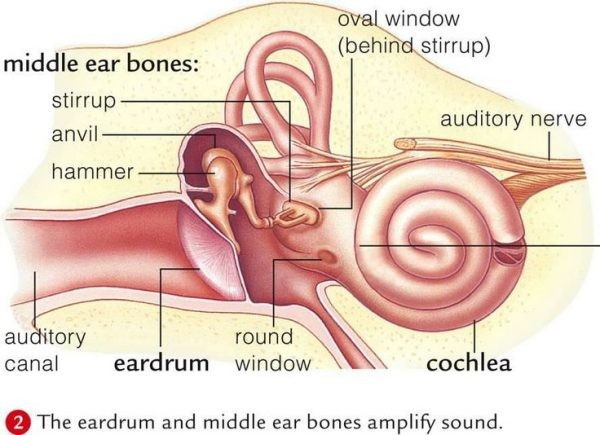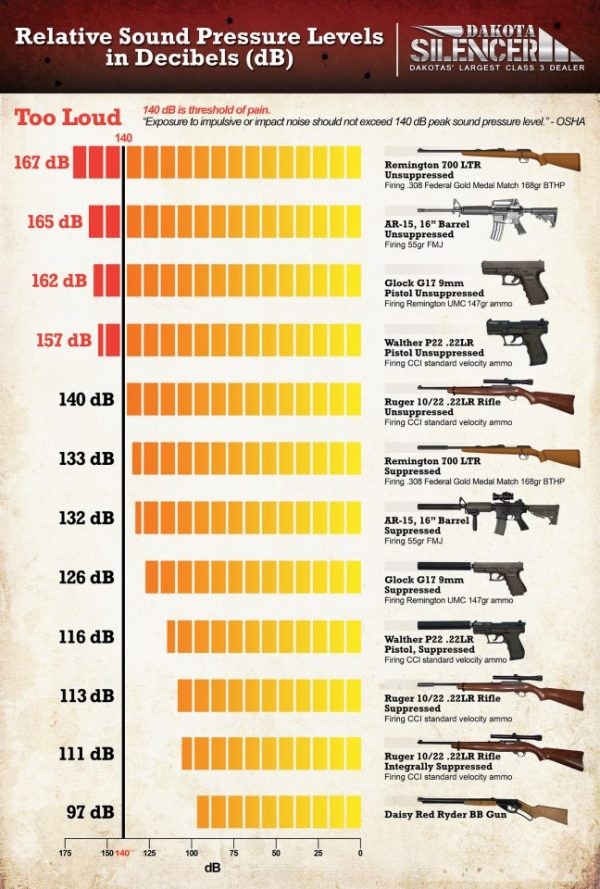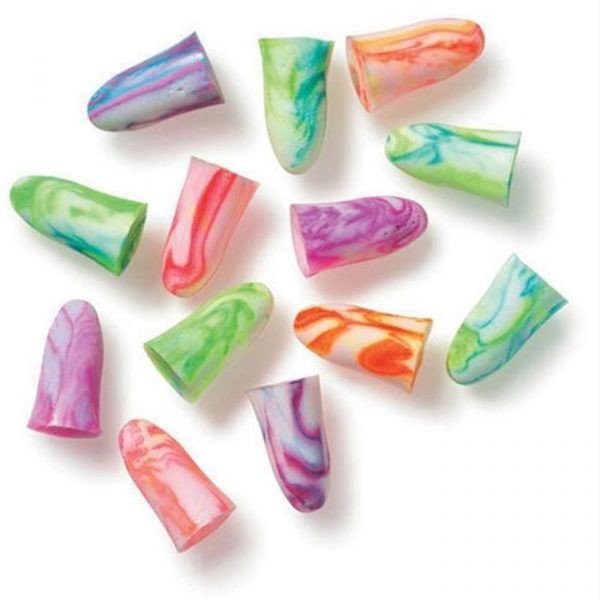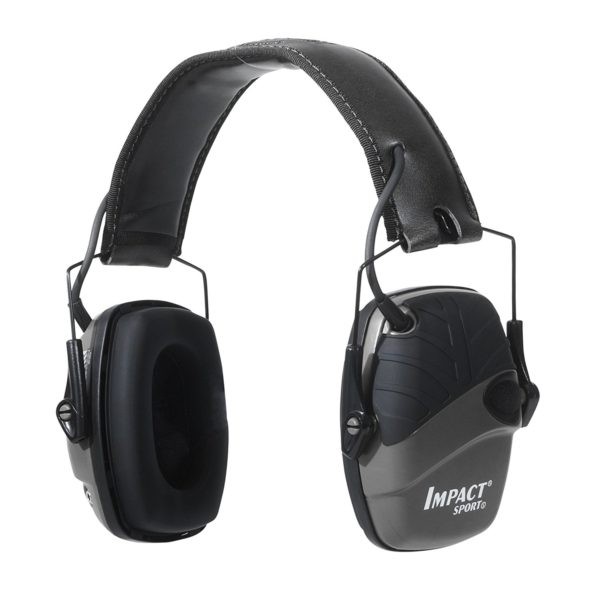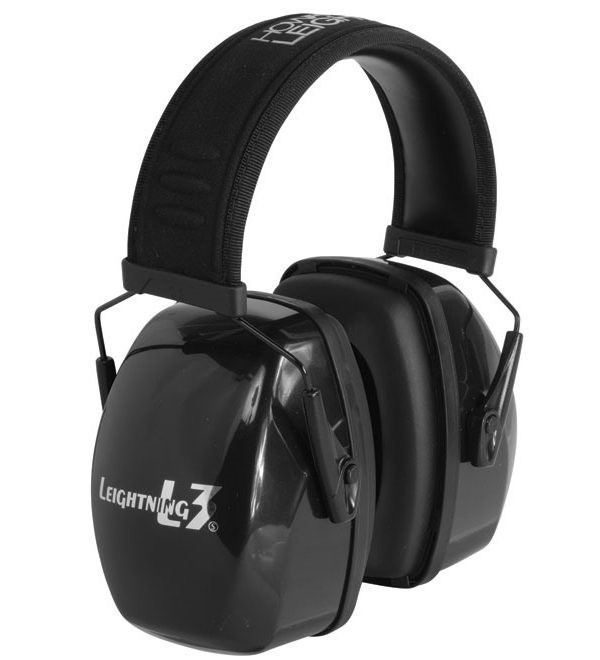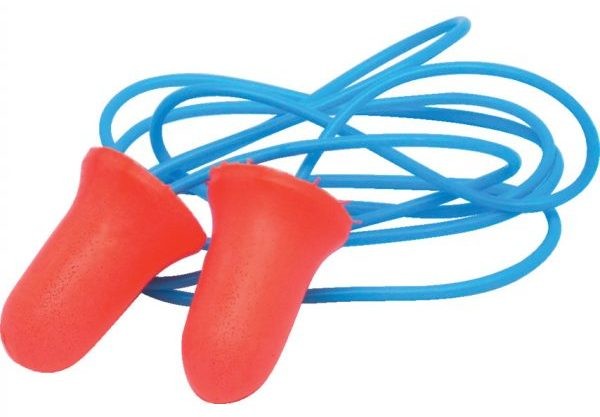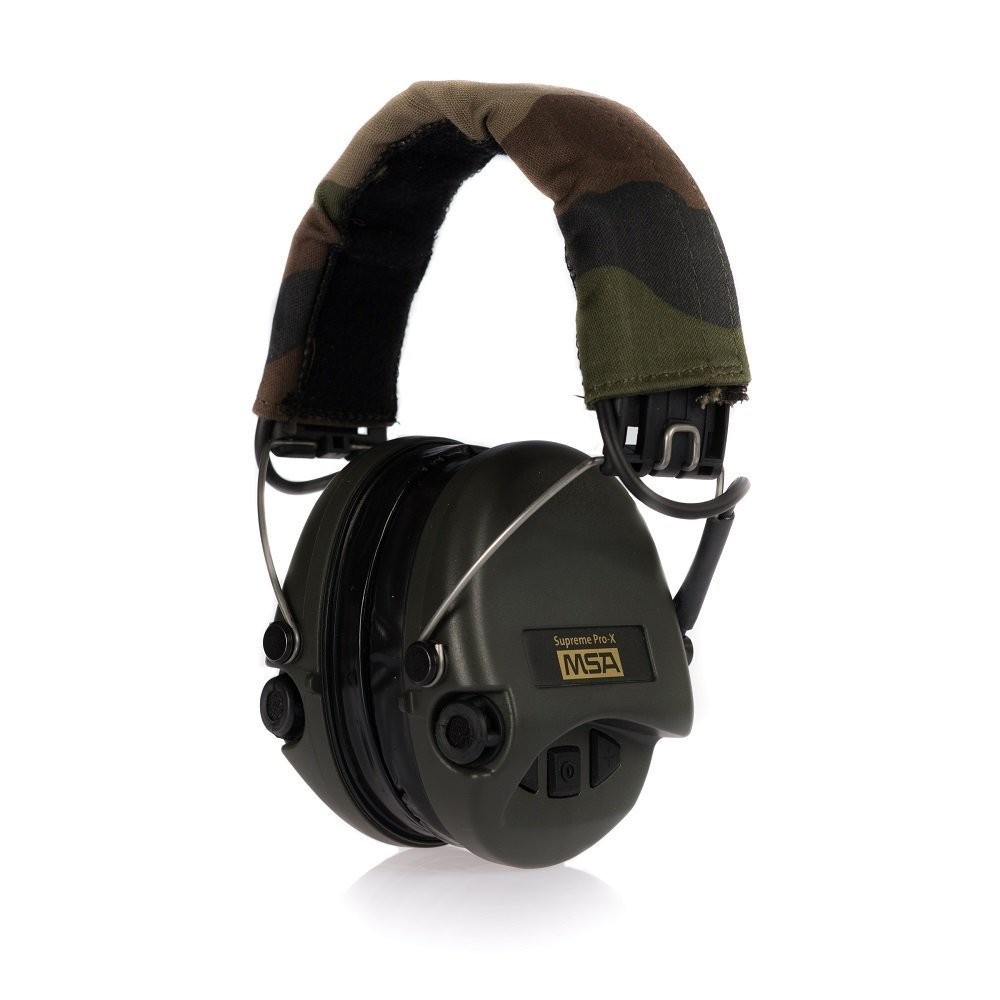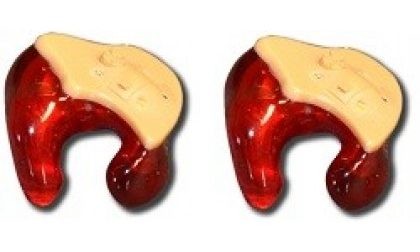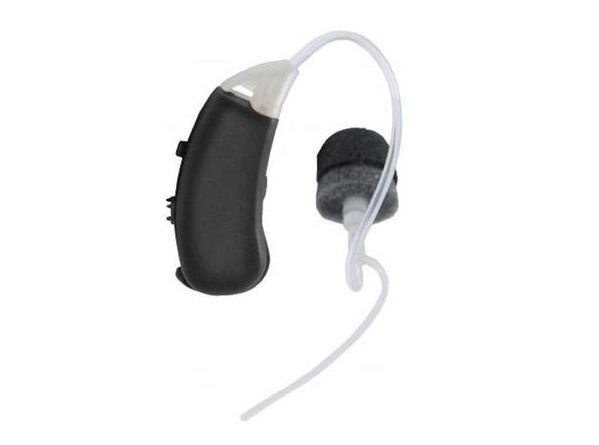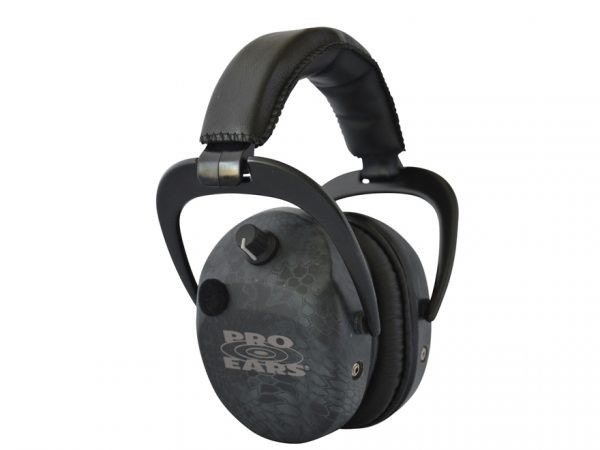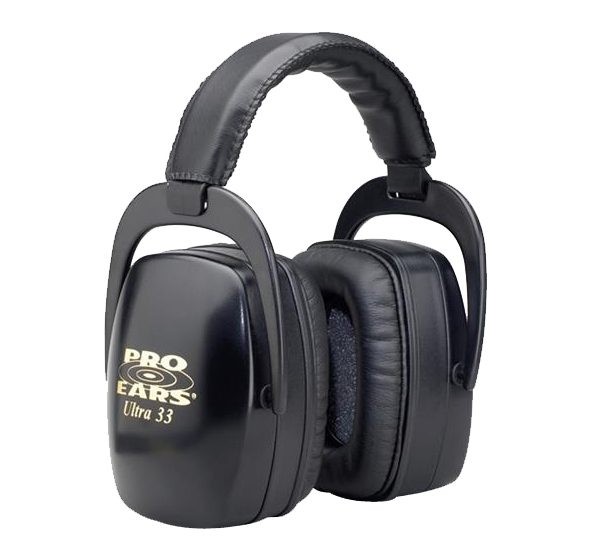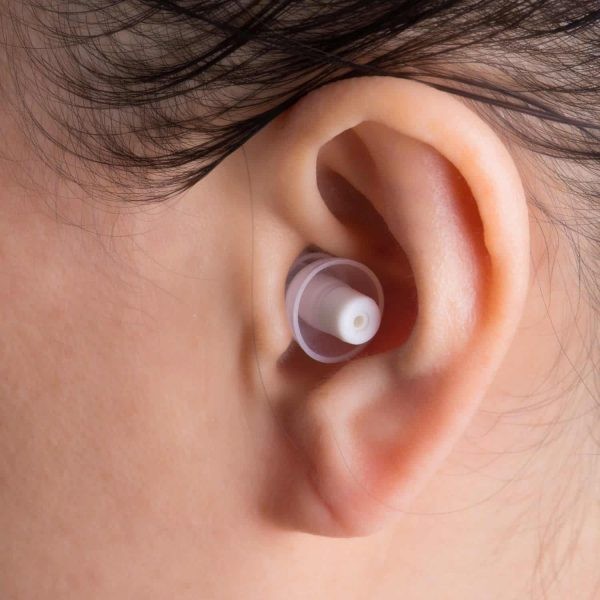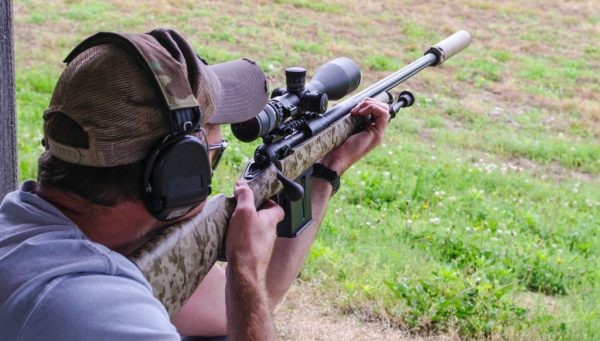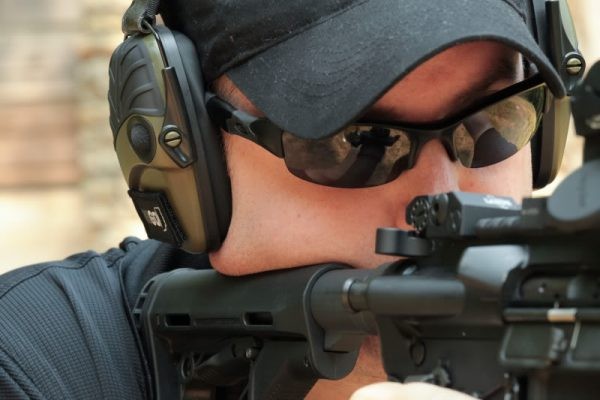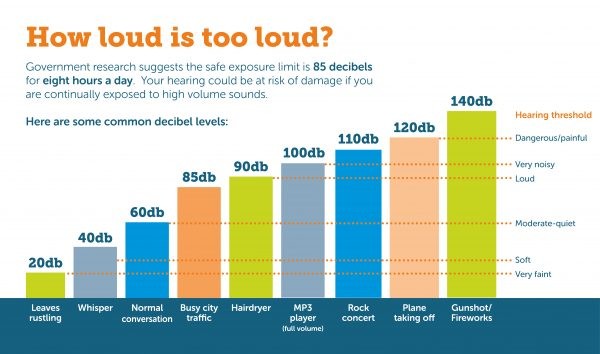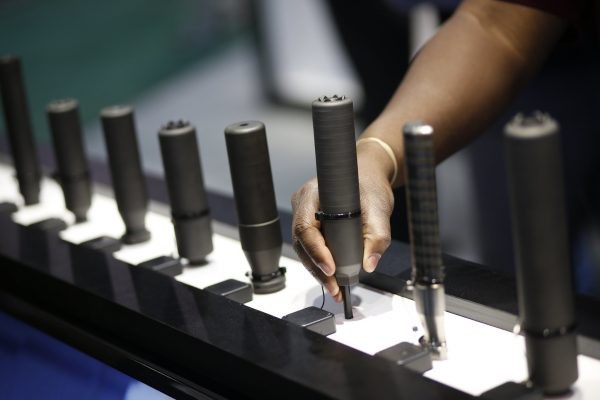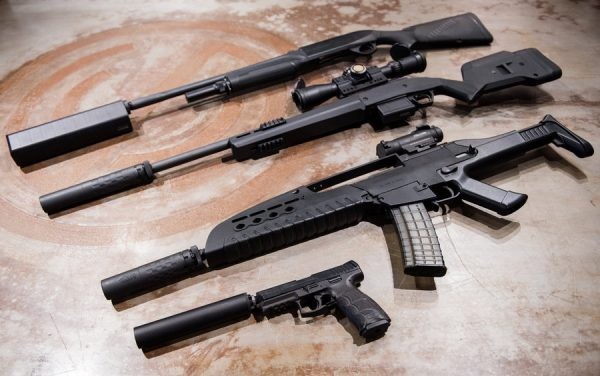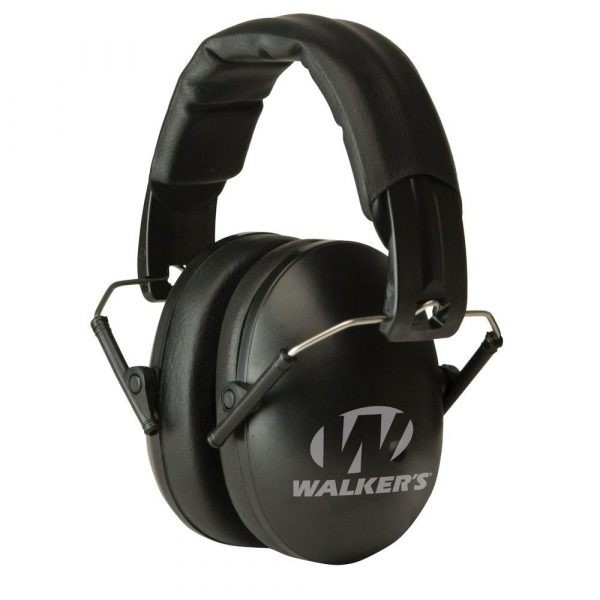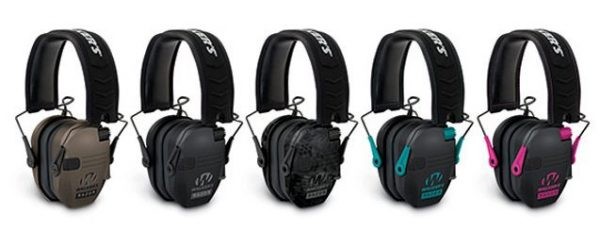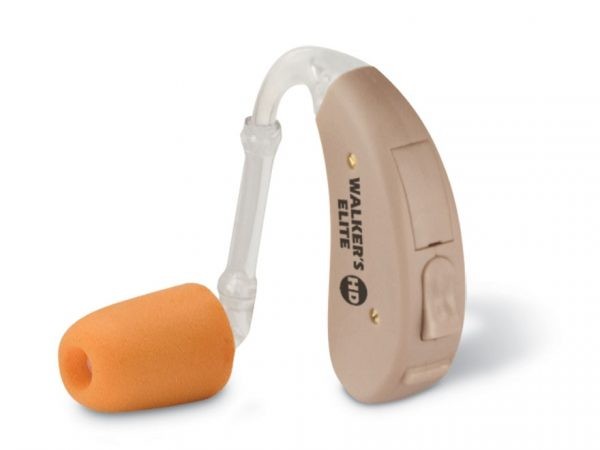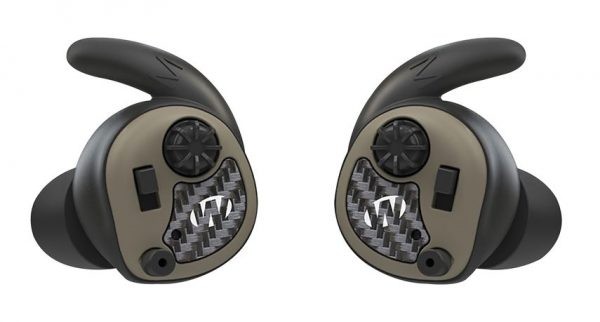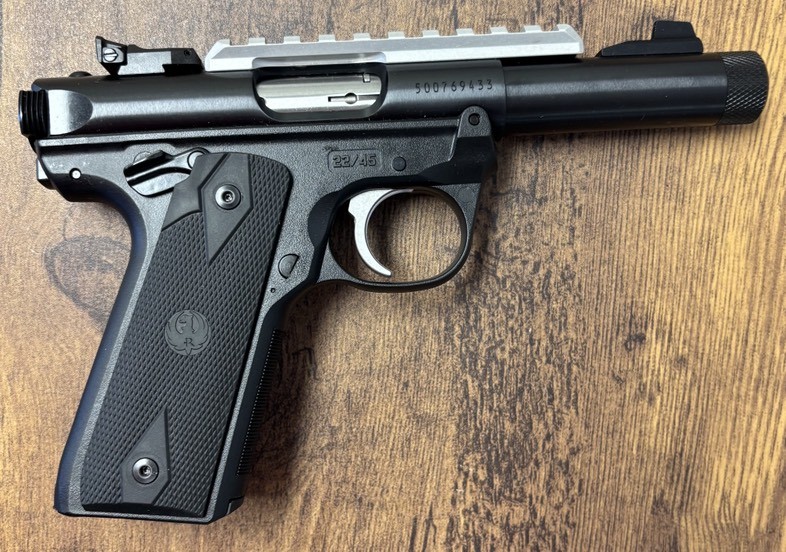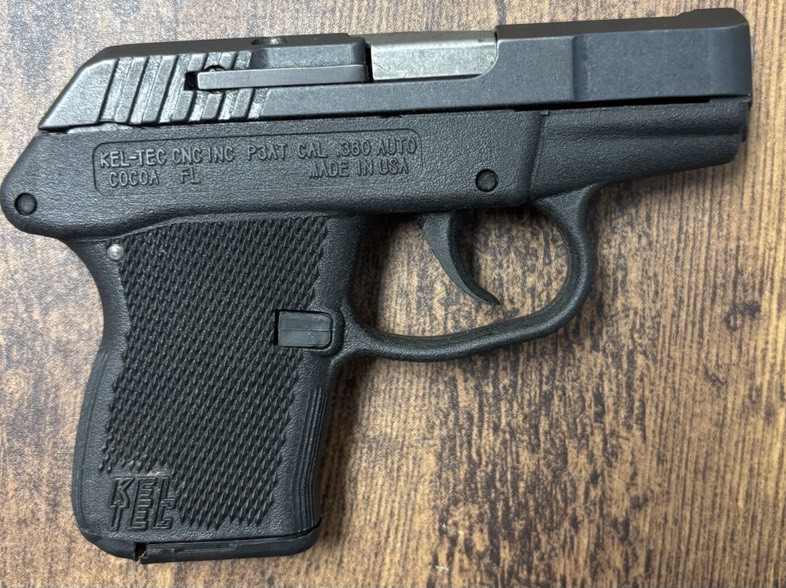Best Ear Protection Options
There’s been a lot of excitement lately about the #HearingProtection Act making #silencers more accessible and less regulated, but silenced or not, the crack of gunfire still deserves respect. After all, silenced isn’t really silenced at all. What if I told you that the percussive vibrations of each #gunshot actually kill vital little hairs deep in your inner ear? And then what if I told you that can open the door to a high pitch ringing or humming noise that can last forever? No, I’m not your mom, but I am doing this for your own auditory well-being. And if you’re good—and you read on—you’ll never forget your ears again.
Traditional earplugs fit inside the ear, forming a seal that blocks sound. They come in a range of sizes, configurations and materials—from foam to hypoallergenic rubber and moldable polymers. Earplugs tend to be more efficient at handling low-frequency noise.
Traditional ear muffs come on a headband and have foam pads that cover and form a seal around the entire ear. For those who don’t like the over-the-head fit, a few versions have back-of-the-head wrap designs. Muffs typically are better at screening out higher frequency sounds.
Hybrids—also known as semi-insert earplugs—may be an option if you can’t stand stuff jammed in your ears or the spatial interference you can encounter with muffs. Basically, they’re “sort-of” earplugs, that sit at the entrance of the ear canal rather than inside it, usually (but not always) on a streamlined headband.
High-tech electronics are stepping up the game for earplugs, ear cuffs, ear muffs, and every smart device in between. These focus on screening out the loud booms while letting you still hear conversations and the sounds of the great outdoors.
